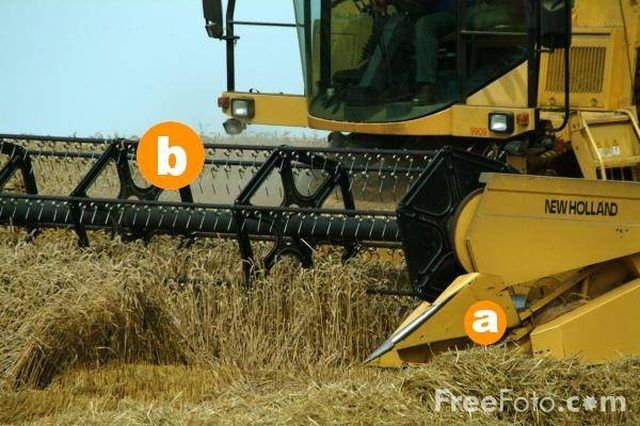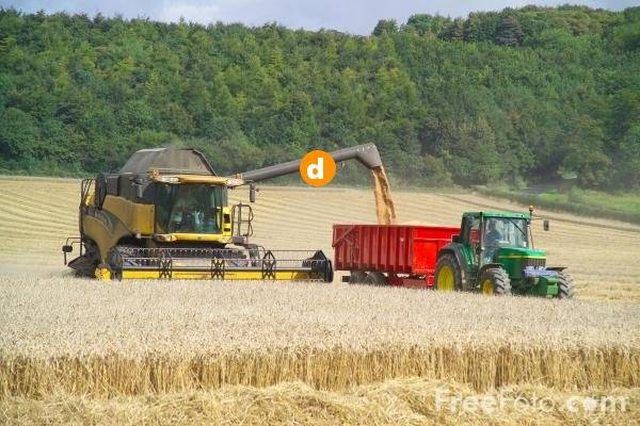Bulbs
Flower Basics
Flower Beds & Specialty Gardens
Flower Garden
Garden Furniture
Garden Gnomes
Garden Seeds
Garden Sheds
Garden Statues
Garden Tools & Supplies
Gardening Basics
Green & Organic
Groundcovers & Vines
Growing Annuals
Growing Basil
Growing Beans
Growing Berries
Growing Blueberries
Growing Cactus
Growing Corn
Growing Cotton
Growing Edibles
Growing Flowers
Growing Garlic
Growing Grapes
Growing Grass
Growing Herbs
Growing Jasmine
Growing Mint
Growing Mushrooms
Orchids
Growing Peanuts
Growing Perennials
Growing Plants
Growing Rosemary
Growing Roses
Growing Strawberries
Growing Sunflowers
Growing Thyme
Growing Tomatoes
Growing Tulips
Growing Vegetables
Herb Basics
Herb Garden
Indoor Growing
Landscaping Basics
Landscaping Patios
Landscaping Plants
Landscaping Shrubs
Landscaping Trees
Landscaping Walks & Pathways
Lawn Basics
Lawn Maintenance
Lawn Mowers
Lawn Ornaments
Lawn Planting
Lawn Tools
Outdoor Growing
Overall Landscape Planning
Pests, Weeds & Problems
Plant Basics
Rock Garden
Rose Garden
Shrubs
Soil
Specialty Gardens
Trees
Vegetable Garden
Yard Maintenance
How Does a Combine Harvester Work?
How Does a Combine Harvester Work?. The name "combine" comes from the combination of the harvesting, threshing and grain cleaning functionality in a single machine--the combine harvester. Before agricultural equipment to harvest large crops was invented, harvesting a crop of grain was labor-intensive and time-consuming. First workers had to cut the...

History of the Combine Harvester
The name "combine" comes from the combination of the harvesting, threshing and grain cleaning functionality in a single machine--the combine harvester. Before agricultural equipment to harvest large crops was invented, harvesting a crop of grain was labor-intensive and time-consuming. First workers had to cut the grain with a scythe or long-handled cutting tool. Next came threshing, when the cut stalks of grain were beaten to separate the grain from the chaff. Finally, the grain had to be cleaned of debris and made ready for milling. Each stage of the harvest required many hours of work, and made it difficult for small farms to make ends meet.
Relief came circa 1784 with the invention of the threshing machine by Scotsman Andrew Meikle. These horse or steam powered machines were fed cut stalks of grain by hand, and automated the process of separating grain from chaff. The machines were so much more efficient than threshing by hand that farm workers were replaced by machines in large numbers, which was partly responsible in 1830 for the Swing Riots in the United Kingdom. Mechanization of farms also contributed to the migration of the population from rural to urban areas, since farm operations required less and less labor and supported far fewer workers. Mechanization additionally put pressure on smaller farms to compete with growing numbers of commercial farming operations with large budgets and the best equipment, and today far fewer farms produce much more food and agricultural products than 200 years ago.
Harvesting the Crop
The modern combine harvester is in many ways quite similar to the first threshing machines. The combine is a bit like a conveyor belt that takes in stalks of grain and runs them through a series of processors. First to meet the crop is the header, which uses a pair of crop dividers to funnel shafts of grain into the combine. Different types of grain require different headers, and they can be interchanged and customized. The header pushes stalks of grain into a revolving wheel, called a pickup reel, that is strung with bars and teeth to grip the crops. The pickup reel pushes the stalks down to be cut in the correct position by the cutter bar, which runs the width of the combine just behind the wheel.

Threshing the Grain
Once the crop is cut, a conveyor takes the crop into a threshing drum. A threshing drum can be configured and designed in different ways to suit particular crops, and a certain amount of scholarly work has gone into designs that yield more edible product and less chaff and debris. The basic idea is unchanged from the workers who were threshing by hand 200 years ago--beating the stalks to release the grain and sifting it from the chaff. The concept has been modified for harvesting all kinds of other crops, like corn and peas. The grain falls through a sieve and is collected in a tank, while the shafts and other chaff are transported on a conveyor called a straw walker, and dropped behind the combine as it moves. Returning chaff to the earth helps to retain the soil nutrients needed by the crop year after year. The combine can also be connected to a baling machine, which rolls the straw into bales to be used elsewhere on the farm.

Finishing the Harvest
Finally, when the tank holding the finished grain is full, a trailer is pulled up to the side of the combine and loaded with grain so the combine can continue the harvest. You can see, now, how the combine harvester must have changed farming when it was first introduced. In 1900, 38 percent of the workforce in the United States held agricultural jobs, but 100 years later, only 3 percent of Americans were working in the agricultural industry.
